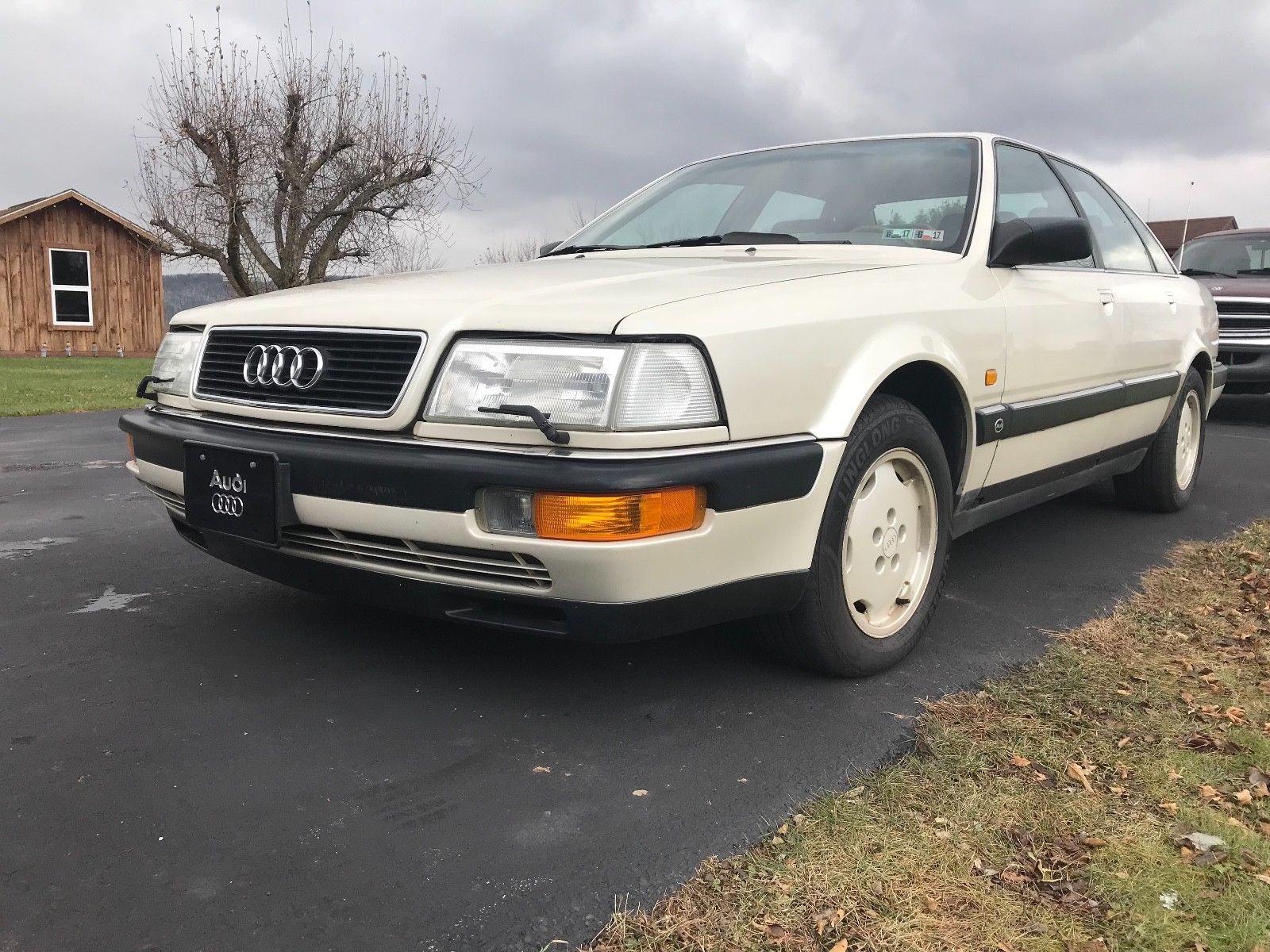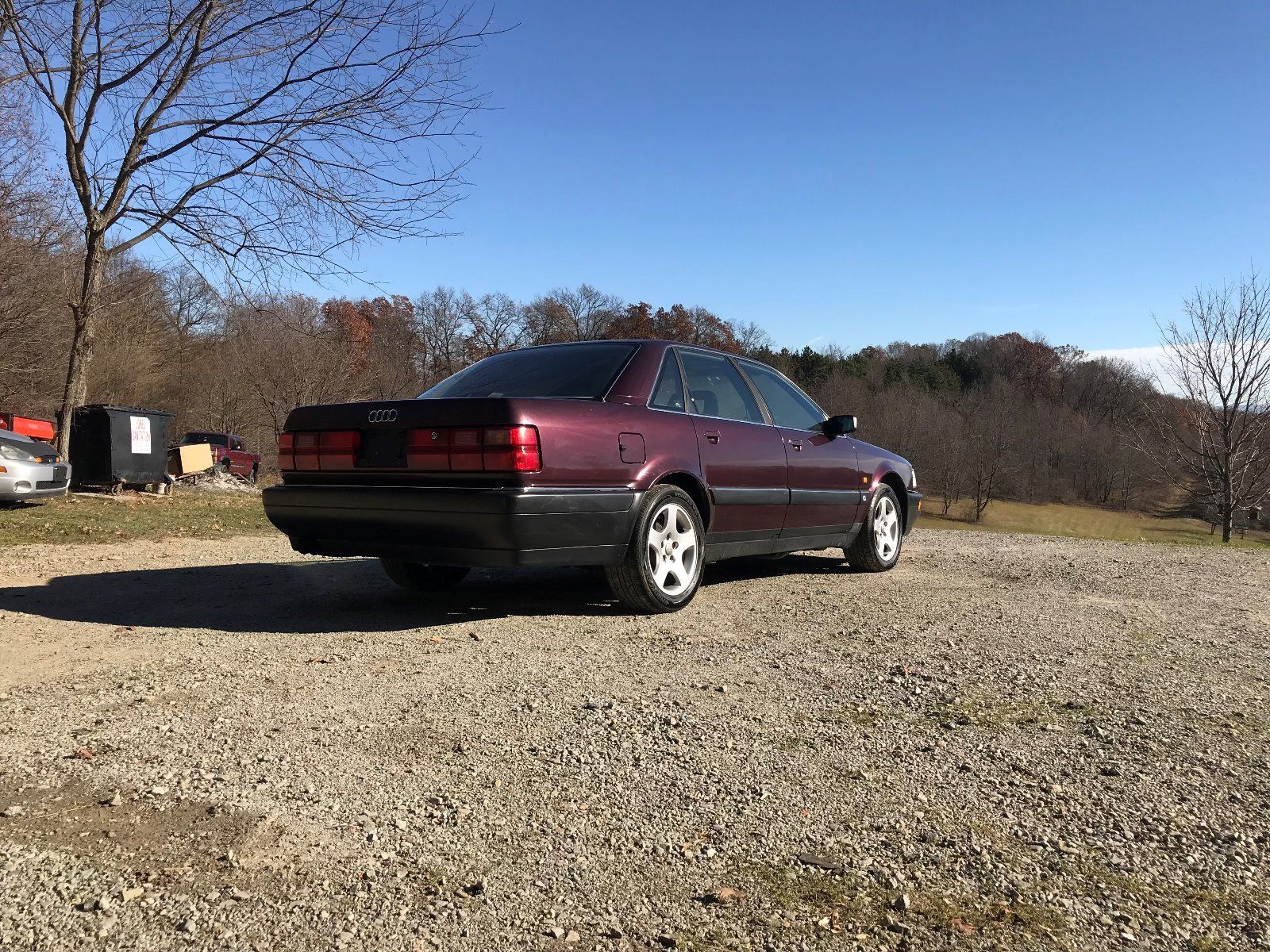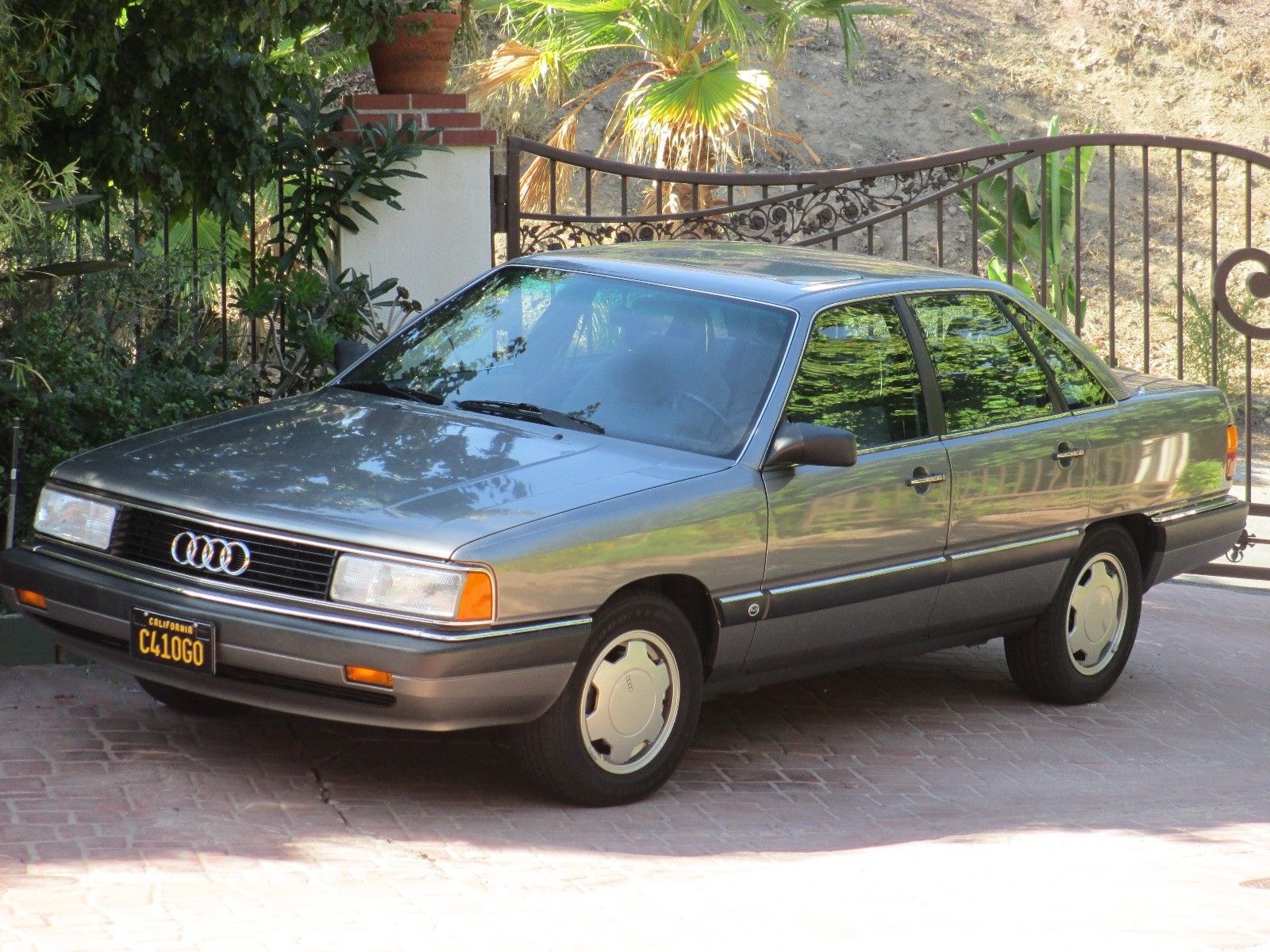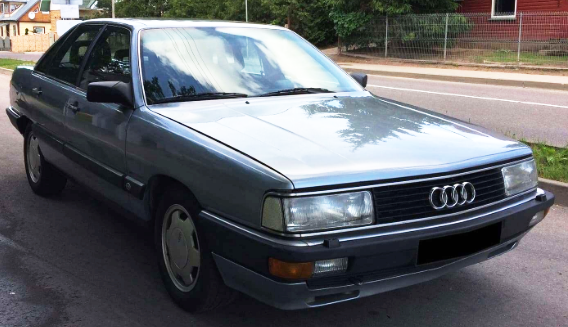Weather. It’s today’s weather that makes me instantly think back to my V8 quattro. Here in New England this morning I emerged from my weather-proof cocoon hidden carefully under several layers of blankets to reveal the foot-plus of powdery snow, blowing fiercely with a sustained 35 mph wind, and a temperature hovering around 9. Maybe for you folks in Minnesota that’s a nice Spring day, but I think it’s just brutal. Yet when it occurs, I instantly think back to the car I had that made me relish those conditions. It was my ’93 V8 quattro, without hesitation.
When the mercury dipped below freezing and the roads were covered in snow, that car was simply a monster. Audis certainly have a reputation for being good in the snow, it’s true. But here’s a hint – I’ve owned a lot and driven even more, and they’re not all great in the white stuff (ducks). They’re also very tire-dependent, perhaps moreso than other cars. Because with all-seasons on an Audi, you’ll have no problem going fast in deep snow, but you’ll have quite a few problems turning and more problems stopping.
But I had snow tires on my V8. Tiny little A4 steel wheels overshadowed by the widened flares with tires that look fit for…well, an basic B5 A4 rather than a large executive. When that white stuff fell – look out. It was unstoppable, but not in the bad way I just mentioned. And unlike the terminal understeer some of my other Audis suffered from (I’m looking at you, 200!), all you had to do in the V8 if the nose wasn’t heading where you wanted to was to give it a boot-full of throttle. A tremendous roar would emerge as the 4-cam all-aluminum V8 sprung to life, the multi-plate center differential channeled power towards the back, and the Torsen rear diff limited the slip of the unladen tire. The result? Sideways. Totally awesome, controllable drifts at nearly any angle you wanted for as long as you wanted. I drove through a blizzard, seat heaters set at “just so”, automatic climate control dialed in to 70 with the exterior temp suggesting it was Saskatchewan I was in rather than Southern Massachusetts. The V8 ate the miles up leisurely. It was the most comfortable I’ve felt in a very bad driving environment, and I’ve driven through a few in some pretty good cars.
Then there’s the ‘whether’. It’s more than whether or not you live in a climate where my scenario will play out for you. It’s more than whether or not this car is worth purchasing. It’s whether or not you’ll be able to find parts. It’s whether or not all of the items work. Heck, with a V8 quattro, sometimes it’s whether or not it’ll feel like starting. And when it does, it’s whether or not it’ll feel like shifting, too.
Whether be damned, these cars still capture my imagination every single time I see one.









